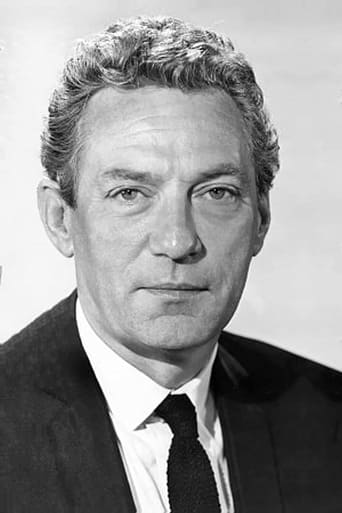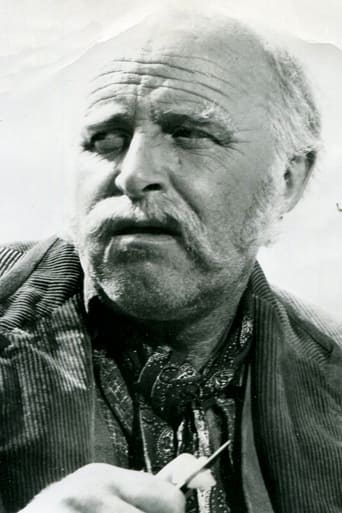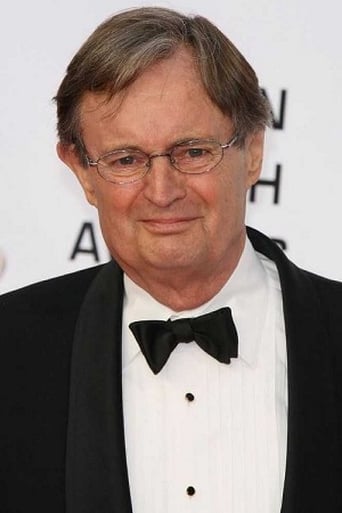Alicia
I love this movie so much
Fluentiama
Perfect cast and a good story
Cleveronix
A different way of telling a story
JohnHowardReid
Copyright 1957 by Rank Film Productions Ltd. Made at Pinewood Studios, England and on location in Australia. Presented by J. Arthur Rank. U.S. release through Rank Film Distributors of America: May 1958. No New York opening. U.K. release Rank Film Distributors: 3 November 1957. Australian release through British Empire Films: 12 December 1957. Running times: 104 minutes (Aust), 99 minutes (UK), 83 minutes (USA).SYNOPSIS: A couple of cattle rustlers attempt to go straight on the goldfields. Their claim is moderately successful, but unfortunately their past catches up with them.NOTES: Second to Witness for the Prosecution as the most popular film released in Australia in 1958.COMMENT: Although it was a huge commercial success in Australia, Robbery under Arms proved nowhere near as powerful at the British boxoffice. U.K. picturegoers seemed to feel that what they were being offered here was little more than a transplanted Western with all the usual stage hold-ups, bank robberies, shoot-outs, attempted lynchings, cattle rustling and extended chases through rugged terrains characteristic of the genre. It is hard to argue against such an assessment. True, the movie is ingratiatingly acted by Finch and company and has been produced on a grand scale. But aside from the scenery and the setting, there is little to differentiate this movie from any of the equally big-budget Hollywood equivalents.Robbery under Arms is very entertaining, has plenty of action, involving interesting characters, fascinating backgrounds and (after a beginning that is a little, just a little on the slow side) moves with suspenseful rapidity. Production values are unstinting and technical credits highly proficient. Jack Lee is not exactly a highly imaginative director but his staging for the most part is skilful and highly competent. He has drawn realistic performances from his players, made impressive use of his locations, and knitted such other elements as photography, music, costumes and sets into a satisfying whole.
Roger Burke
I first saw this film when still at school, in my final year. At that time, I thought it was a passable "western" but it lacked the Hollywood glitz to which I'd become accustomed and acculturated.Fifty years haven't dimmed my appreciation of the story and film, but those years have readjusted my focus on the quality and veracity of the production. By today's digital standards, the colour saturation is just too pronounced, but given the times, it was ideal to convey the stark contrasts of the Australian outback – the parched land, the unrelenting sun and the tough times experienced by the settlers.The story is basic: two brothers get caught up in cattle rustling with Captain Starlight (Peter Finch) who gets caught eventually, while the brothers escape to go off to the Bendigo gold fields to make honest money, they hope. Unhappily for them, they get embroiled in a bank robbery staged by Starlight and his gang and, once again, are on the run, one and all.And, that sets up the final action sequence whereby a large body of troopers attacks the mountain hideout of Starlight's gang, with inevitable results. That shootout is still one of the finest ever put to film: realistic and beautifully photographed from many camera angles, providing the viewer a box seat of what such a battle must be like.Peter Finch acts superbly: witty, urbane, considerate, competent and very tough – all in one. Who really knows what the real Starlight was like, the one who actually roamed and robbed the areas around southern Queensland and northern New South Wales? I think Finch pulls off a reasonable portrayal.The rest of the cast is adequate to very good, with Maureen Swanson the standout performer as Kate Morrison, the woman spurned by Dick Marston (Ron Lewis); not a woman to be tossed aside, as he finds out. David McCallum, in his fifth movie, plays the other brother, Jim Marston who gets involved with Kate's sister, Jean (Jill Ireland).As a piece of Australiana, it's worth the time to see. As a story about the bush ranging days of early Australia, it has its moments, particularly the final shootout.Recommended for all.
FilmartDD
Awkward in fitting English actors into a faraway setting, and yes, over-coloured in Technicolor: so this English director caught some of the paradoxes of Australia, the raw young country less than 100 years settled in Boldrewood's yarn. Three things Jack Lee (who died only c2003) understood and expressed more fully than perhaps anyone, English or Australian. First, the wild irresponsibility of the bushranger released from society's constraints (Peter Finch's manic side caught this brilliantly). Second, the special eternal power of the ancient bush country (in this case, the Flinders Ranges, also the setting for 2002's The Tracker). Third, however briefly seen, the deep calm and perfect attunement to his country of the native man Warrigal, so that in this raw place, it is only the dispossessed who has ownership - a nod here to the real-life horseman Johnny Cadell, a screen natural.
ksaelagnulraon
***MAY CONTAIN SPOILERS***Why did they change the novel's ending? Rolf Boldrewood's original finish would have worked far better than this Western-ised shootout. The most striking difference is of course the fact that Dick Marston was shot before film's end - the novel was written in first person narrative by the Dick Marston character!! Certainly NOT one of the best Australian "location" films - ie, films by overseas production companies which were shot here, for example SEASON OF PASSION, BUSH CHRISTMAS, etc... Rating: 5/10.




